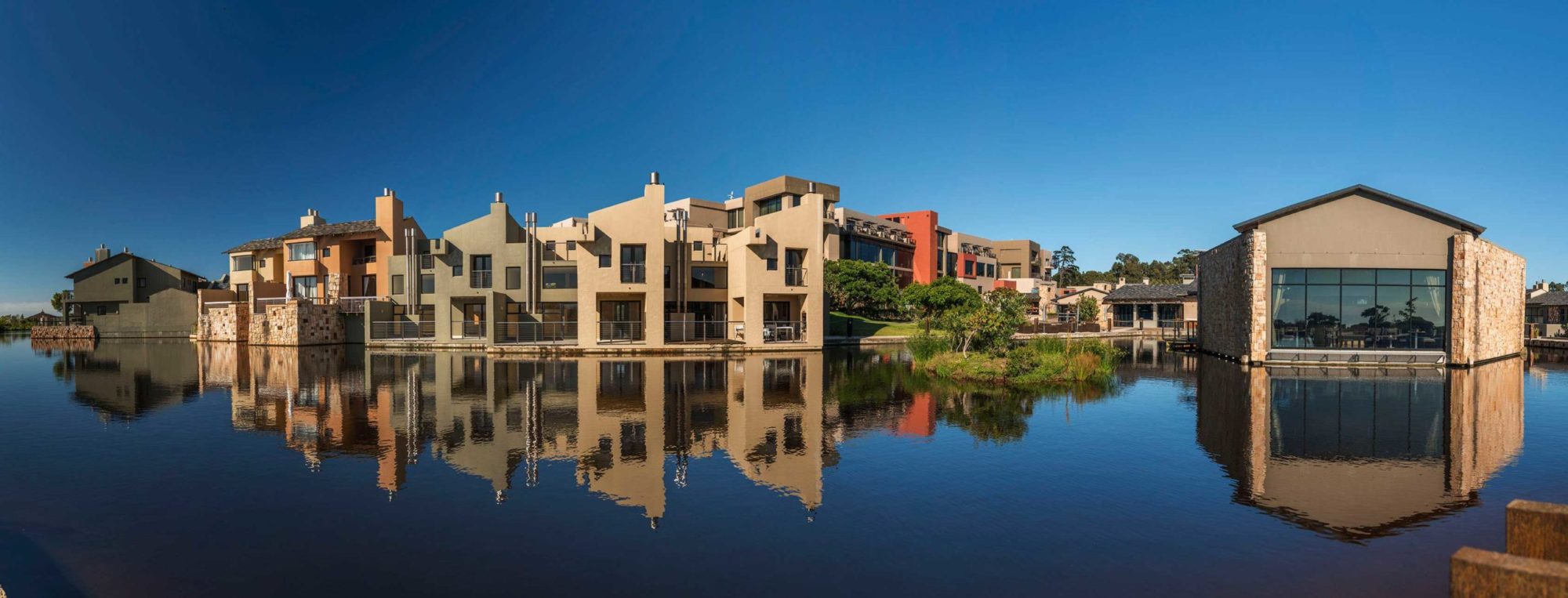Advertisement
The worst drought on record still has the Western Cape in its deadly grip. Fortunately, reasonable rains have fallen over the rest of the country and, from an agricultural perspective at least, the drought seems to have broken. So, our water problems are behind us?
Not so fast. The Vaal Dam is full, but my office in the Hyde Park area needs a bucket to flush the toilet. What does this mean? Firstly, the fact that this is the driest year in history is totally consistent with El Niño data accepted by mainstream scientists. Over the last five decades there has been a measurable upward trend in El Niño peaks and troughs, so the new normal is likely to be an even worse drought over the next decade. That drought is likely to be deep, protracted and widespread across the entire South African Development Community (SADC) region.
Secondly, robust data published by the Water Research Commission in 2015 shows that the 1980s was a decade of transition in the distribution of rainfall across the country. Prior to the 1980s, the winter rainfall in June to August was generally reliable, but has since shifted. This has major implications for the Western Cape, not yet fully understood.
The key issue is not the drought status at any given moment in time, but rather the integrity of the infrastructure needed to reticulate water from the source, through society and back into the nearest river as waste. This is the major challenge, because government data shows that a staggering R 213 billion is needed over the next decade to rehabilitate existing infrastructure, with an additional R 172 billion needed, for new regional bulk water projects (R 75 billion), new internal supply projects (R 60 billion) and new sanitation (R 37 billion).
The fiscus is simply unable to provide this money, and the ratings agency downgrade means that capital raising by parastatals on the international bond market is no longer possible. This means that estates are now being thrust into a new normal that very few people are capable of accurately articulating. In short, just because the Vaal Dam is full, it does not mean that the water crisis is over. On the contrary, it is only just beginning.
The average estate resident is now faced with a new reality. They can ignore what is happening and continue with business as usual, or they can adopt a wait-and-see approach, reacting after things happen. Another option is to grasp the nettle and accept that the new normal will increasingly be about adapting to infrastructure collapse by internalising risk.
Risk is the operative word, so professional estate managers will need to become savvy in this area. Risk can be thought of as the probability of an event taking place, multiplied by the impact of that event. These things are relatively easy to define if one adopts an open mind and accepts that the new normal will increasingly differ from business as usual. The language of risk will therefore start to permeate the estate manager’s professional lexicon, as trustees and directors become savvy about fiduciary responsibilities.
Advertisement
This is actually a good news story, however, because our new normal creates the opportunity to wrestle back direct control over key elements that impact on our daily lives. New technologies make this increasingly possible. These include the safe treatment of both potable and waste water. In fact, it is increasingly possible to move off grid with little loss in the creature comforts we all deserve.
The take-home message is that change in both the water and environmental management of estates is rapid and inevitable. While this is initially disconcerting, as one is confronted with unfamiliar issues and jargon, it is also empowering as soon as one accepts that business as usual is no longer an option.



